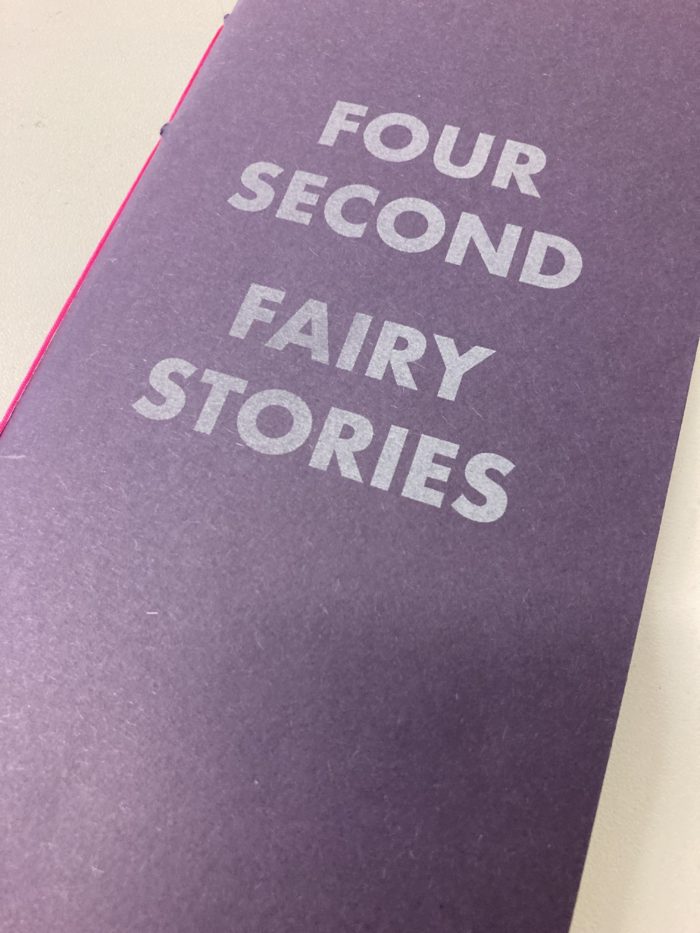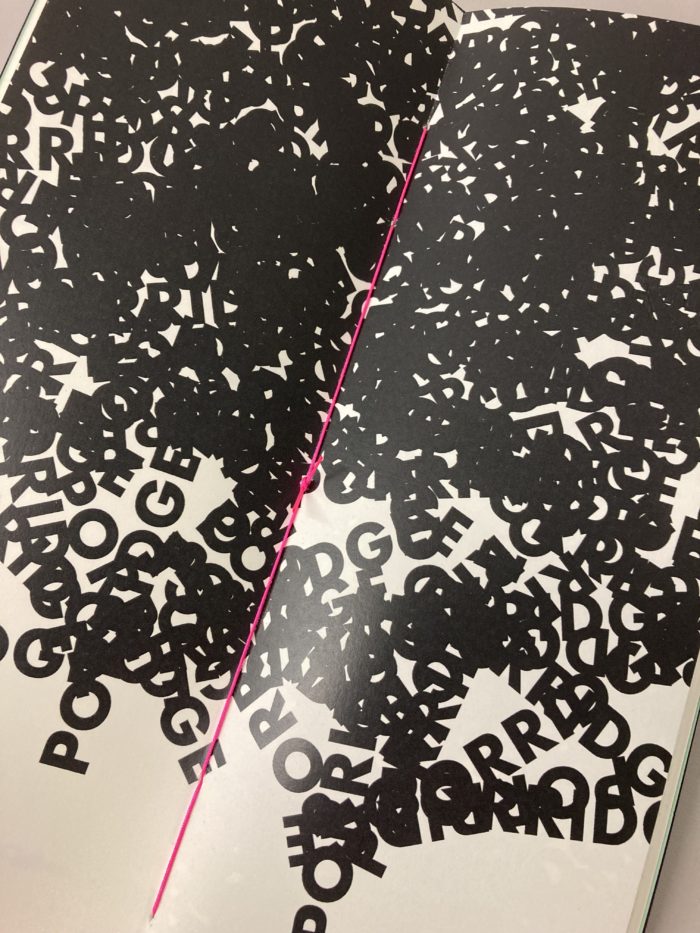




Product details
• Original Concept: Barrie Tullett
• Design & Production: Barrie Tullett
• Format: 32pp Pamphlet Stitched book.
• Size: 277×105 mm
• Publisher: The Caseroom Press
• Publication Date: Winter 2023
_
_
_
Book Description
The 1960s saw a variety of text experiments, both in prose and poetry. This series of Minimalist Stories was inspired in part by the writing experiments of OuLiPo (Ouvroir de littérature potentielle), the One Word poems of poets such as jw curry, Ian Hamilton Finlay, and Stuart Mills, as well as Flash Fiction, which despite being considered a modern phenomenon, can actually trace its beginnings back to the19th century in works by authors such as Walt Whitman, Ambrose Bierce, and Kate Chopin.
_
One of the biggest inspirations was the six-word story:
For sale: baby shoes, never worn.
The story is anecdotally attributed to Ernest Hemingway, supposedly as part of a $10 bet in the 1920s – in six words the story suggests a wider narrative of loss, or unfulfilled dreams – although “Widow’s First Year,” by Joyce Carol Oates manages to be even more concise, and just as bleak:
I kept myself alive.
The tales here are not stories as such, but distillations of Fairy Stories, and the narratives only reveal themselves by suggestion and familiarity.
_
IRON SHOES RED HOT for example only works as a reference to Snow White if you are familiar with the ending of the Grimm version of the fairy tale, where the evil Queen is punished by being made to dance to her death in a pair of red-hot iron shoes. Perhaps a better nod to the short story would have been IRON SHOES, WORN ONCE.
_
Before being rendered more palatable by Victorian editors, or reframed in the 20th Century due to their Disneyfication, many tales had similarly dark origins. In the original version of The Twelve Dancing Princesses, the King, bemused as to how his daughters (whom he locks in their room each night) could wear out their dancing shoes – promises that any man who can solve the mystery will be married to the Princess of his choice, and inherit the Kingdom. However, each suitor will be given only three nights to discover their secret, or he will be beheaded… Despite knowing full well that the men will be put to death for their failure, the Princesses drug their suitors so that their secret is safe, and they can keep escaping to dance each night away.
_
Other tales could be told in different ways – MATTRESS MATTRESS MATTRESS PEA for example could easily be set as a concrete poem of sorts:
_
MATTRESS
MATTRESS
MATTRESS
•
_
Indeed, the MATTRESS text could fill the page like Brâncuși’s Endless Column.
_
The first and last Tales reference the nature of the fairy story itself. The first one the beginnings and endings of Once Upon A Time, and Happy Ever After, and the last one is a reference to the dark wood, from a quote by Jack Zipes:
“Inevitably they find their way into the forest. It is there that they lose and find themselves. It is there that they gain a sense of what is to be done. The forest is always large, immense, great, and mysterious. No one ever gains power over the forest, but the forest possesses the power to change lives and alter destinies.”
_
The Caseroom Press, Winter 2023.
_
The original stories were typeset and printed as A3 letterpress posters, then uploaded to Instagram with an additional set of new Four-Second Fairy Stories which included suggestions by contributors to the original post – thank you to Ken Cockburn, Joanna Mansfield, Lee Thomas, Hayley Young, Trevor Wilson, Elke Thompson, Mianam Bashir, and Mack Manning for all their ideas and inspirations.
